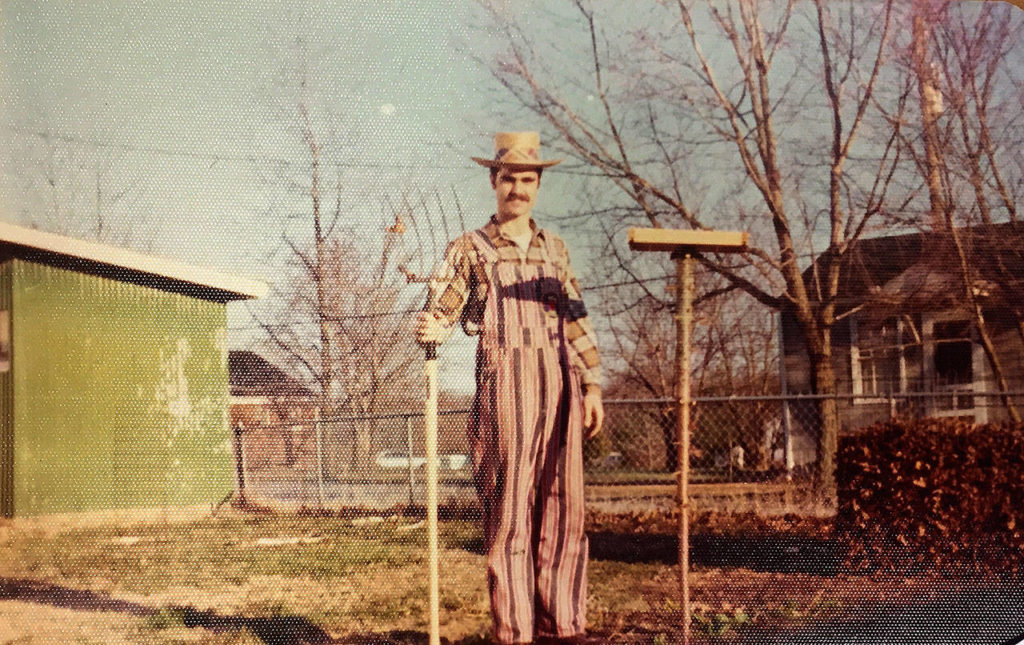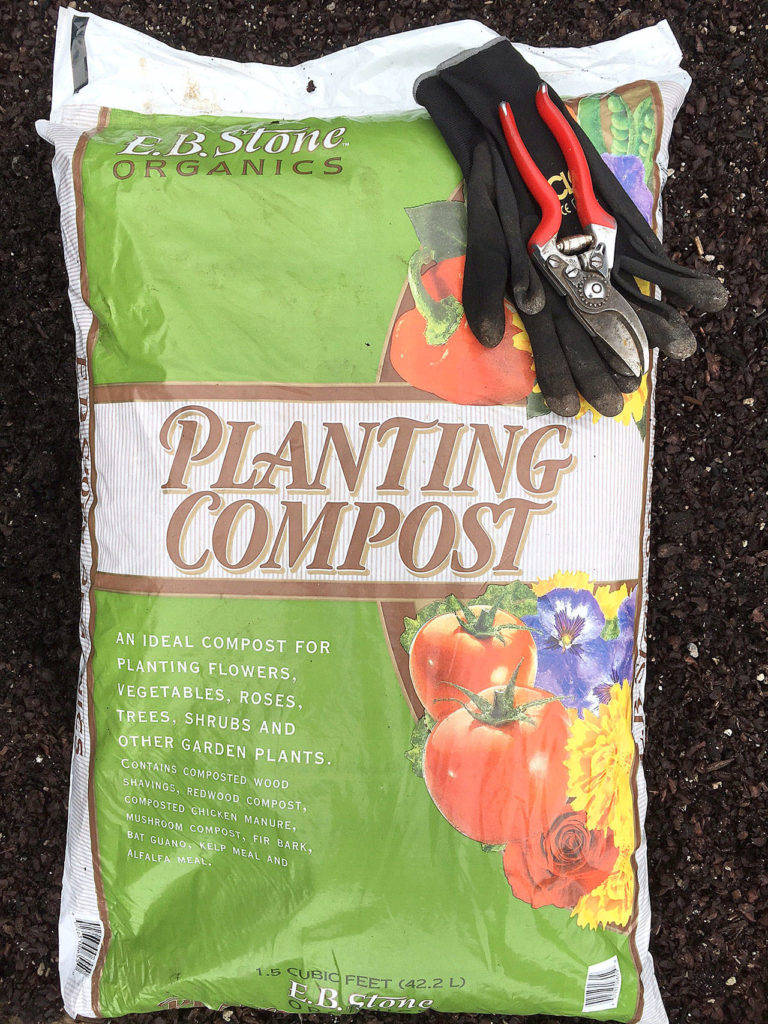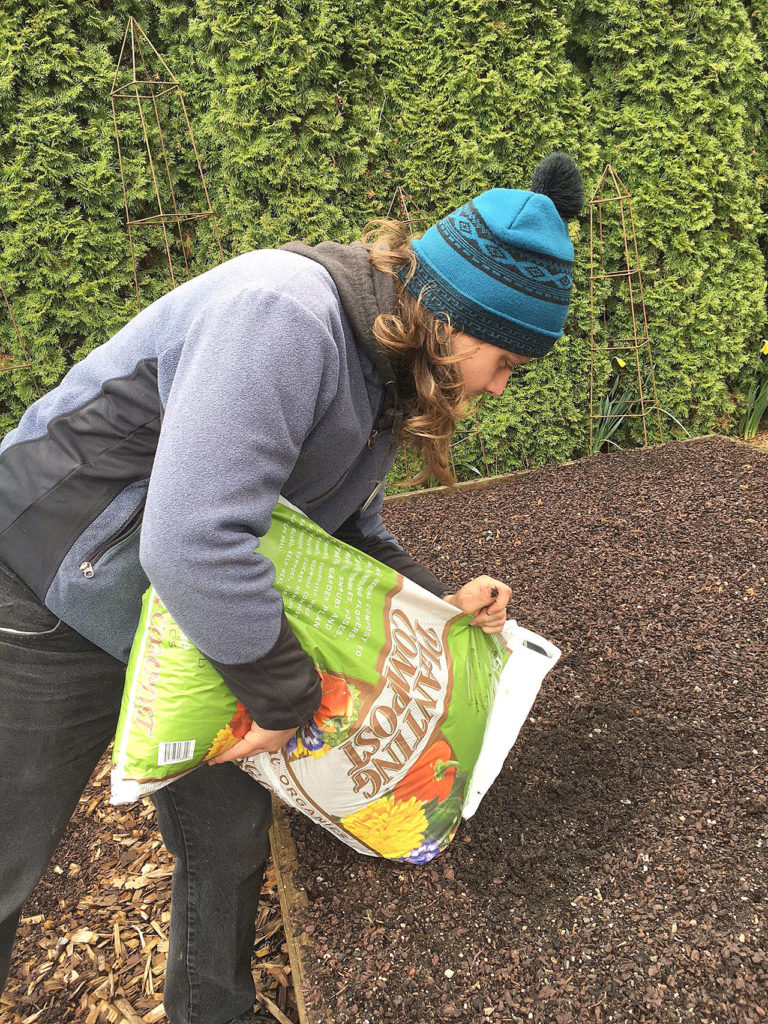“Feed the soil and not the plant” is the holy mantra of organic gardening.
The organic movement started in the 1900s when modern-large scale agricultural practices were being adopted. Organic gardening is a close relative to small-scale organic farming.
Over the last 50 years, the organic movement has slowly taken root with the philosophy that the farm or garden is a living system and that it can be benefited by understanding how Mother Nature works.
I caught on to it right away. I had a fabulous organic garden and a very large compost pile, but my passion was far from mainstream. I am pretty sure my folks thought I was nuts.
In the late ’60s and early ’70s, I was so heavy into the organic movement that I tried to convince my wife to name our first born either Mulch, for a boy, or Compostina, for a girl. I’m sure you can imagine how that went over.
Back then we subscribed to Rodale’s Organic Gardening, Prevention and Mother Earth News magazines. Our two favorite cookbooks were “Diet for a Small Planet” and Adelle Davis’ “Let’s Eat Right to Keep Fit.”
Then in the mid-’90s, Elaine Ingham of Oregon State University coined the term “soil food web.” Her research validated a lot of the beliefs about the intricate relationships and benefits of soil microorganisms, and helped to further the practice of organic gardening and farming. (Check out www.soilfoodweb.com.)
In the last two decades, the organic movement has grown exponentially in popularity — along with the idea of eating healthy — as more are aware of the health and environmental benefits of organic farming and gardening.
Here is a quick overview of what organic gardening is all about.
At the heart of the organic movement is the acknowledgement that a healthy soil will produce a healthy plant. So long as we focus on keeping our soil healthy, we will have far less insect and disease issues to deal with — and our crops will actually be more nutritious.
All soils consist of a chemical, physical and a biological component. The chemical part refers to the nutrient content, the physical part refers to the structure and texture (as in sand, silt, clay and organic material) and the biological part refers to all those microscopic critters that we can’t see, but also can’t live without. It is the biological component that, for the most part, organic gardening is most concerned with.
It’s helpful to understand that there is a close association between plants and soil organisms. In the soil we can find fungi, bacteria, protozoa and arthropods, to name a few. Generally speaking, their relationship with plants is beneficial.
Mycorrhizal fungi attach themselves to plant roots and increase the absorptive ability of roots by 10 to 1,000 times, resulting in an increased drought tolerance. Mycorrhizae also release antibiotics into the soil that immobilize and kill disease organisms. They also are capable of releasing powerful chemicals into the soil that dissolve hard-to-capture nutrients, like phosphorus and iron.
They can also help improve soil structure by supplying humic compounds and organic “glues” that bind soil particles into aggregates, thus, improving porosity. Soils with poor porosity tend to become waterlogged and disease-prone. As you can imagine, these little guys do a tremendous job of keeping our plants healthy and thriving.
All soils contain both bacteria and fungi, and both can be either beneficial or pathogenic. It is our job as gardeners to encourage the good guys. We do this through gardening practices like annual applications of compost, crop rotation, minimal applications of pesticides, no-till gardening techniques and good water management.
The easiest way for gardeners to improve their soil is to add copious amounts of compost every year. The art of making good compost is a subject for a whole other column, but for now know that you can purchase good quality compost in either bulk or bags.
An inch or two is plenty to work into the soil for growing vegetables, flowers or for established shrubs and trees. Never apply more than an inch per year and, even then, don’t pile it up around the trunk of the plant.
In addition to compost, gardeners should also add organic fertilizer to veggie and flower beds to replace the nutrients that were consumed the previous season. Don’t get too anal about the numbers on the bag — most organic fertilizers are fairly well-balanced and, in a pinch, interchangeable. I’d rather see you use tomato food on a rose than do nothing at all.
When we do encounter insects and diseases, natural products are often a better choice — although there are times when a synthetic material will do a better job. Remember that even natural products can be toxic and, sometimes, simply letting nature take its course is the best way to go.
Gardening organically can be fun and rewarding, and knowing that we are being good stewards of our environment is an extra bonus. So go spread some compost and feel the love from Mother Earth.
Steve Smith is the owner of Sunnyside Nursery in Marysville and can be reached at info@sunnysidenursery.net.
Organic Gardening & Vines
Attend two free classes next weekend at Sunnyside Nursery: One class on organic gardening is at 10 a.m. April 7 and the other is all about about understanding clematis and other vines at 11 a.m. April 8. The nursery is at 3915 Sunnyside Blvd., Marysville. For more information or to sign up, visit www.sunnysidenursery.net.
Talk to us
> Give us your news tips.
> Send us a letter to the editor.
> More Herald contact information.




























